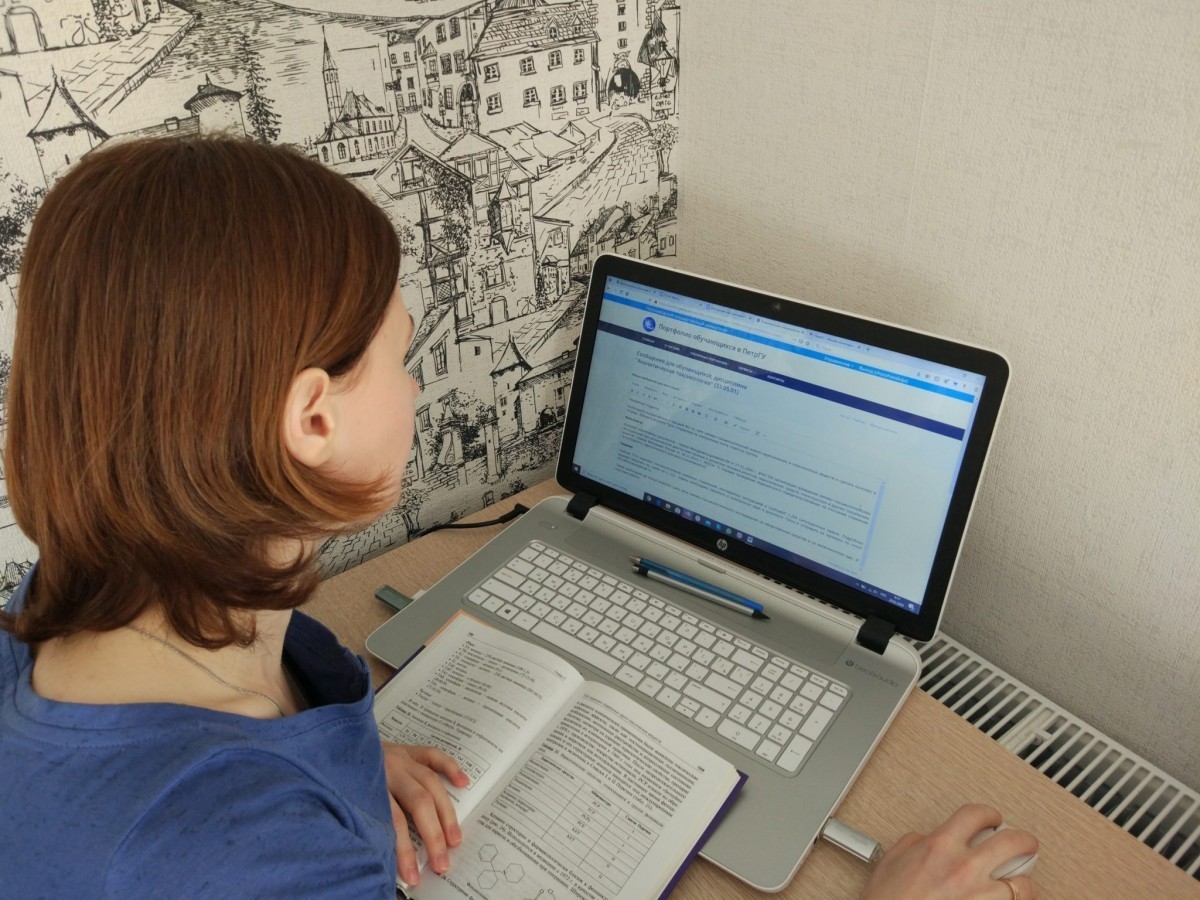At school, kids have an understandable system with schedules, bells and recesses. But how to provide a child with a productive educational process in distance learning a.m. or p.m. is still unclear. In this article, let’s examine how a parent can help a child organize the workplace, what the daily routine should be now, and what teachers can do for anxious moms and dads.
What to advise a parent to help their child learn at home
At first, the transition to distance learning requires some parental involvement. It is important to explain to children that this is temporary: soon learning will be on the rails, and the process will go on as usual. Invite the parents of your students to use the checklist on how to organize distance learning.
Step 1: Prepare the workplace
In distance learning, the student studies even more, because the share of independent work increases. That is why it is very important for him to have a place where he can quietly study for 6-7 hours a day. Parents will need to educate the younger children and warn them that they should not make noise and distract the pupil while he or she is studying. Checklist to check:
Home and mobile Internet is paid for and working.
The camera and microphone on the computer are working.
The child has headphones and they work months of the year.
All necessary programs are installed on the computer and the child understands how to use them.
Step 2: Plan the day and calibrate the routine
It is possible that in the first weeks it is difficult for a child to adapt to the new reality: it is like he/she is at home, but still has to study. And we are talking about independent work, because now, instead of the usual lessons he has videos on YouTube, texts in textbooks and interactive classes. So parents will have to see to it that the curriculum is not violated.
To organize time efficiently, parents can request a weekly schedule from the classroom teacher. Most likely, most of the lessons will not be in the form of webinars with fixed times, but in the form of video lectures that can be viewed at any time. Therefore, parents need to schedule their own lessons, not forgetting about the 15-minute breaks between lessons. It is very important that during these breaks the child gets up and at least moves around a little, drinks water, does gymnastics for the eyes, switches from school to something else.
But it is desirable that the breaks do not “break” engaged in one subject, and differentiate different: did math, rest, switch to English. After three hours after the beginning of classes it is worth arranging a long break – 30-40 minutes. A memo for children on distance learning will help them follow a schedule – parents can even draw a schedule for each day and include not only lessons and breaks, but also fruit snacks, hand washing and warm-ups.
Very strict adherence to the daily schedule is now more important than ever: it will help reduce anxiety and get accustomed to distance learning. Hyperactive children concentrate better with the right regimen, and slow children get involved faster. But it is difficult for a child to follow the schedule by himself, so parental guidance is necessary here. A distance-learning child still needs to understand that no one will allow him or her to be idle.
Step 3: Familiarize yourself with the platform
It’s up to each school to decide which form of distance learning is best for their students. There is no single solution: children can be taught using a variety of digital tools. It is desirable that parents know what the educational platform that teachers use for organizing online lessons and sending out tasks looks like, what electronic textbook or workbook is needed for each subject, what video communication services teachers use when conducting lessons.
There is nothing particularly complicated about these platforms and educational systems, and anyone can figure them out. A child is sure to have questions, and if parents get acquainted with the materials in advance, they can help their child without distracting the teacher from his main duties.
It’s a good idea to put all the resources for learning in one spreadsheet. It’s better to spend a couple of hours on it than answering the same questions from parents in messengers every day. Instruction for children in distance learning should include all the algorithms of online work and be understandable.
Step 4: Keep in touch with the teacher
Distance education is a new technology, and it’s only natural that parents or the child won’t understand something. Reassure parents: tell them that it is perfectly normal to ask the teacher questions. What’s more, it’s better than trying to guess how the test preparation, testing, lessons, and homework now go. If you already have a parent handout on distance learning, just send it to the parents. If not, make one yourself based on this article.
